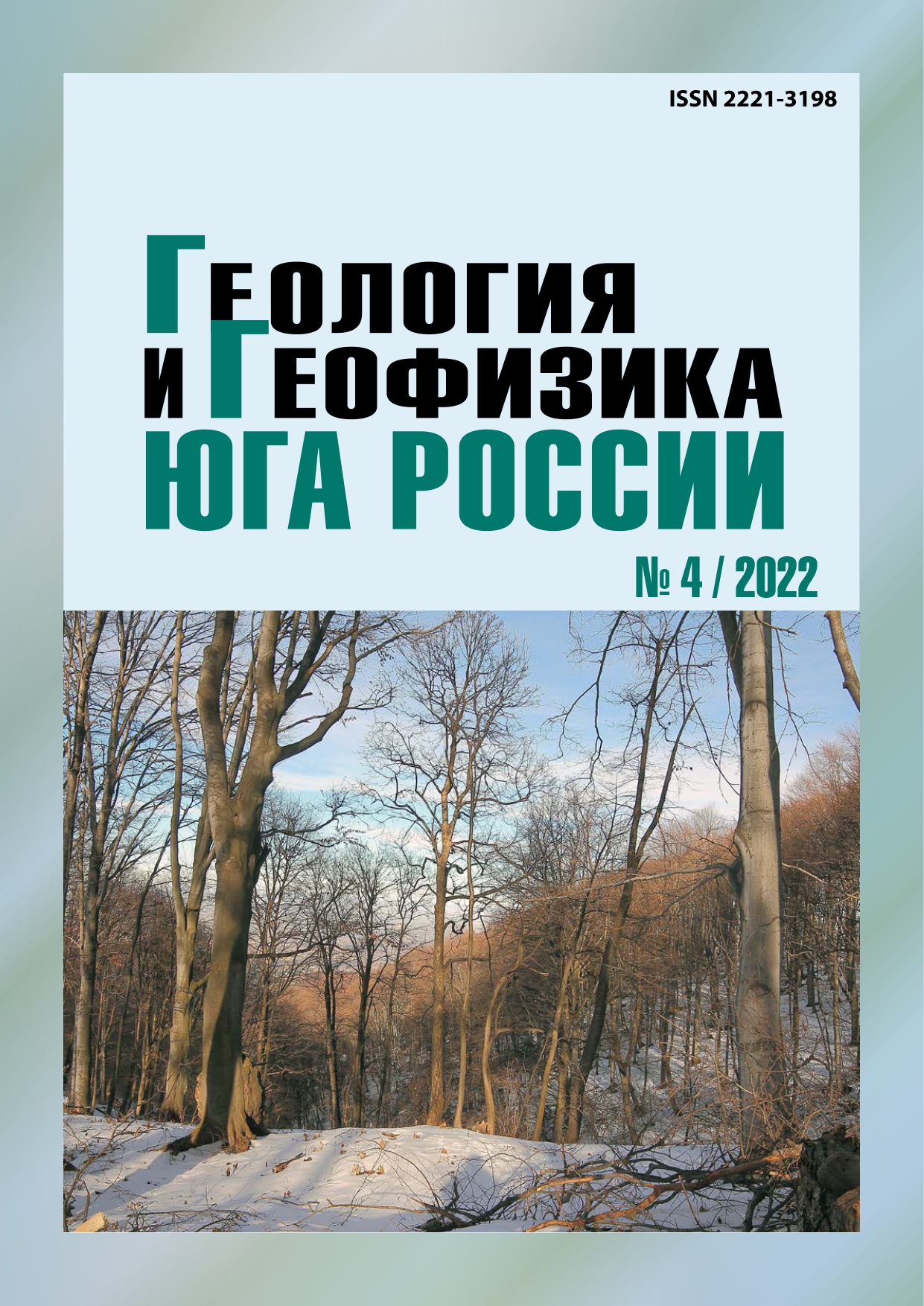Structural and geodynamic studies of the southern slope of the Greater Caucasus in the region of the Dvaletsky uplift in respect of the assessment of fractured zones
Keywords:
neotectonics, geodynamics, faults, fractured zones, types and forms landscape, exogenous processes, stresses and strains, rock glacier, avalanches and mudflows, cirque landscape, high-mountain gas pipeline
Abstract
Relevance. The work is related to the determination of the geodynamic conditions for the fractured zones formation to ensure the safety of the territories of engineering structures. These zones are not always specified in terms of their geodynamic origin and development, which affects the real assessment of territories, including the cases connected with earthquakes and dangerous exogenous geological processes. The aim of the research is structural and geodynamic studies in connection with the assessment of the spatial distribution of fractured zones and the features of modern development. Methods. Structural and geodynamic method, including lithological (structural-material), structural and geomorphological, geodynamic (structural-kinematic) and remote methods are used in the research. The result of the work is the identification of forms and types of landscape, tectonic structures and intense exogenous processes (mudflows, avalanches and landslides) as indicators of the activity of fractured zones. The newest uplifts, downfolds were identified and the zones of disturbances (dislocations) were investigated. According to the morphology and the age, structures with different ranks do not conform to each other, which may indicate their diversity of types in stress condition and origin. The Dvaletsky and Mtiuleti uplifts are considered as the newest anticlines formed under the conditions of compressive stresses. Under the near-surface conditions, they are exposed to tension stresses, possibly due to the growth of uplifts and the location of the arched uplift of the Greater Caucasus on the southern flank. In the axial part of the Main Caucasian Range in the area of the Dvaletsky uplift, local fault zones – reverse faults in the Jurassic-Lower Cretaceous flysch, were studied. They are activated mainly under tension stress conditions. This is confirmed by the results of field observations, i. e. they are associated with tension cracks and faults. Erosion processes develop along these disturbances: water galls, watercourses and the so-called “ponors”. The reason for the mobility of the Kudar rock glacier, along which the high-mountain section of the Dzuarikau-Tskhinval gas pipeline was laid, is the activity of fractured zones and ice lenses buried in the rock massif. These factors negatively affect the condition of the gas pipeline. For its safe operation, a decision was made to build a tunnel through the main divide. The current geodynamic conditions of the southern slope of the Greater Caucasus are one of the reasons for the concentration of stress disturbances and the development of dangerous geological processes in the zones.
Published
2022-12-28
Section
Articles


